According to the State Bank, there are four reasons why lending interest rates remain high even though deposit interest rates have decreased.
The banking system is the main channel of capital supply for the economy.
Vietnam's economy depends mainly on bank credit capital (credit/GDP ratio at the end of 2022 was at 125.34%), while capital demand for economic development is always high, creating pressure on lending interest rates.
After the Covid-19 pandemic, the economy recovered, so the demand for capital for production and business increased, the banking system used the maximum amount of mobilized capital to meet capital needs for the economy.
Currently, the gap between deposits and credit in VND is at 167 trillion VND; the capital utilization ratio in market 1 (credit/capital mobilization ratio in market 1) in VND is at 101.45%, down from 102.28% at the end of 2022 but still at a very high level.
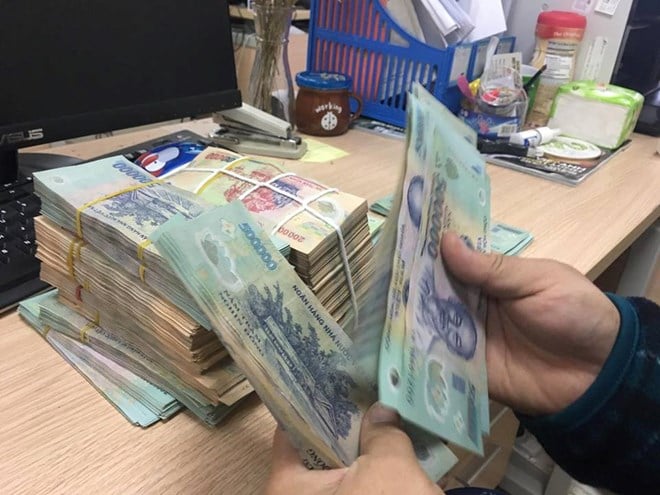
Deposit interest rates are continuously adjusted down by banks but lending interest rates remain high. The State Bank has given an explanation for this paradox. Illustrative photo
The banking system mainly mobilizes short-term capital (about 88% of deposits are for terms of 12 months or less) but still has to meet medium and long-term lending needs (over 52% of the system's VND credit balance is medium and long-term), which has created pressure on deposit interest rates.
At the same time, pressure to increase interest rates always exists because Vietnam has a large economic openness, fluctuations in the world financial and monetary markets have a rapid and strong impact on domestic interest rates and exchange rates.
Pressure at home and abroad
The world interest rate level will increase in 2022 and remain high in the first months of 2023. Major central banks in the world continue to implement a roadmap to tighten monetary policy and maintain high interest rates. The US Federal Reserve (Fed) has increased interest rates 10 times (currently the Fed Fund target interest rate is at 5.0 - 5.25%/year; ECB: refinancing interest rate is 3.5%/year, deposit interest rate is 3.0%/year).
Domestic inflationary pressure (average inflation in 4 months of 2023 at 3.84%; core inflation increased by 4.9%; inflation target for 2023 is 4.5%). Existing and latent inflationary pressure makes people expect positive real interest rates, so credit institutions (CIs) find it difficult to reduce interest rates to attract deposits, making input costs of CIs high. Capital mobilization up to April 27, 2023 increased by 1.78%, only nearly 50% compared to the credit growth rate of 3.04%.
Circular No. 02/2023/TT-NHNN
Circular No. 02/2023/TT-NHNN, newly issued on April 23, 2023, allows restructuring of debt repayment terms and maintaining the debt group of customers facing difficulties, meaning that credit institutions have not yet collected debts when due while credit institutions still have to ensure payment of deposits, reducing loan sales and slowing down capital turnover in the economy, thus putting pressure on the ability to balance capital and room for interest rate reduction.
At the same time, the banking system is still in the process of restructuring and handling bad debts of credit institutions, upgrading governance standards according to international practices..., some small-scale commercial banks maintain high deposit interest rates to retain customers, making it more difficult to reduce lending interest rates.
Loan interest rate is agreed upon by the credit institution and the customer.
According to current regulations, the decision on lending interest rates is agreed upon by the credit institution and the customer according to the supply and demand of capital in the market and the customer's creditworthiness.
In case market interest rates fluctuate or the State Bank adjusts operating interest rates, leading to credit institutions adjusting deposit interest rates up or down, or credit institutions proactively adjusting lending interest rates down, for loans for which credit institutions and customers have agreed on interest rates, credit institutions shall continue to apply the agreed interest rates until the end of the loan term or until the end of the interest payment period according to the loan agreement between credit institutions and customers.
In addition, the State Bank has also regulated the maximum short-term lending interest rate in VND (currently at 4.5%/year) of credit institutions for customers to meet some capital needs to reduce loan costs and increase access to loans according to the Government's direction. Through monitoring reports of credit institutions, the market interest rate level has gradually stabilized, and many commercial banks have reduced lending interest rates.
Source


![[Photo] President Luong Cuong attends the inauguration of the international container port in Hai Phong](https://vphoto.vietnam.vn/thumb/1200x675/vietnam/resource/IMAGE/2025/5/13/9544c01a03e241fdadb6f9708e1c0b65)




![[Photo] Prime Minister Pham Minh Chinh meets with US business representatives](https://vphoto.vietnam.vn/thumb/1200x675/vietnam/resource/IMAGE/2025/5/13/5bf2bff8977041adab2baf9944e547b5)






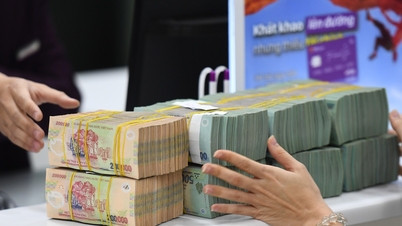



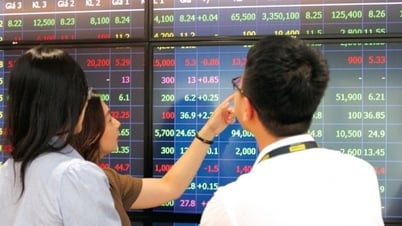
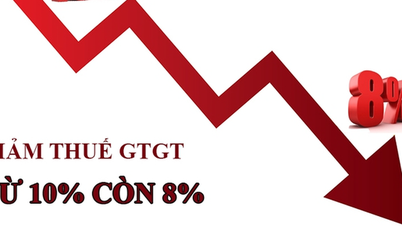

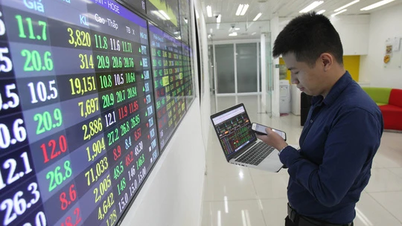
















































































Comment (0)